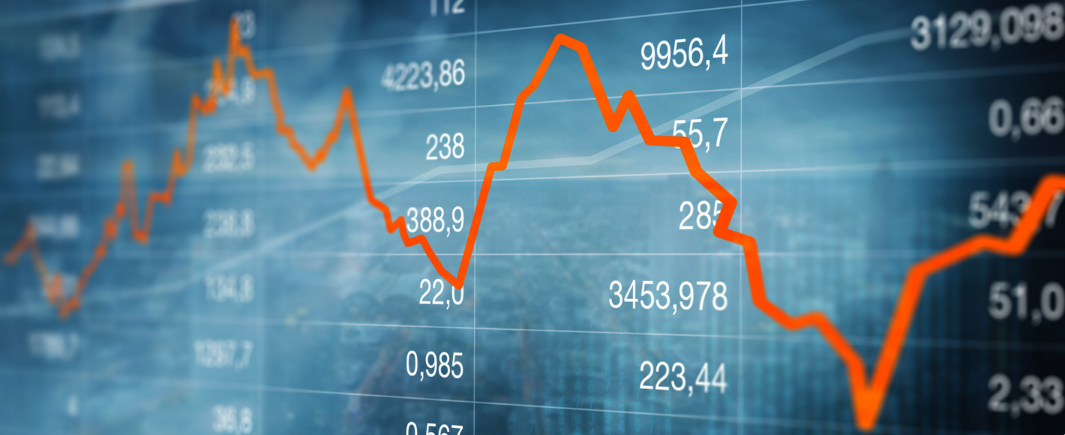
As the war in Ukraine drives up commodity prices, higher inflation will push consumers and end-users to cut back and trade down, to varying extents across markets
The high risk of demand destruction in response to surging prices, across a variety of markets, will complicate businesses’ pricing decisions for the rest of 2022. To protect margins, businesses should review any and all possibilities for reducing input costs and supply chain inefficiencies. Consider altering product offerings in favor of higher-margin products and products with higher demand inelasticity, i.e., products most likely to see resilient demand even as prices rise.
The decision to raise selling prices should be approached even more carefully in an environment of high global inflation. Some markets are more vulnerable to the negative effects of high inflation than others. The demand destruction risk rating gives a high-level view of which markets are likely to see greater pushback or lower consumer spending as prices rise—a view that firms should account for in their pricing decisions.
This Insight Bite is an excerpt from our Global Leadership Briefing (see link under “related”), which has more information on the demand destruction risk rating methodology and business implications.
Overview
To aid clients in their pricing decisions, FrontierView has developed an index to estimate the risk of demand destruction: the relative probability that a market’s consumers will trade down and cut back on nondiscretionary spending in the next 12 months. This qualitative rating, ranging from “Very High” to “Low,” is formed by several quantitative inputs and factors: the recent acceleration in consumer inflation, the risk of higher inflation in the next year, and consumer vulnerability—the country’s share of consumption devoted to spending on essentials, such as food, energy, and transportation. Markets with a “Very High” risk rating are likely to see broad erosion in consumer spending growth this year due to high inflation, while markets rated “Medium” will likely see some erosion in the form of trading down.
Our View
The US, Australia, and Colombia are the only countries with a “Low” risk of demand destruction, indicating greater room for passing through price increases than in other markets. However, low risk does not mean no risk; high inflation and some amount of demand destruction will still make it significantly more difficult to pass through costs than in the past.
Sub-Saharan African markets vary in their risk level. Although commodity exporters, such as Nigeria and South Africa, may benefit from higher commodity prices and are relatively less likely to import higher inflation, most markets remain vulnerable to demand destruction, because their consumers spend a large share of their incomes on food, energy, and transportation.
APAC markets have so far seen lower inflation than the rest of the world, but higher inflation looms, raising the risk of demand destruction particularly for markets such as Pakistan and the Philippines.
At FrontierView, our mission is to help our clients grow and win in their most important markets. We are excited to share that FiscalNote, a leading technology provider of global policy and market intelligence has acquired FrontierView. We will continue to cover issues and topics driving growth in your business, while fully leveraging FiscalNote’s portfolio within the global risk, ESG, and geopolitical advisory product suite.
Subscribe to our weekly newsletter The Lens published by our Global Economics and Scenarios team which highlights high-impact developments and trends for business professionals. For full access to our offerings, start your free trial today and download our complimentary mobile app, available on iOS and Android.

